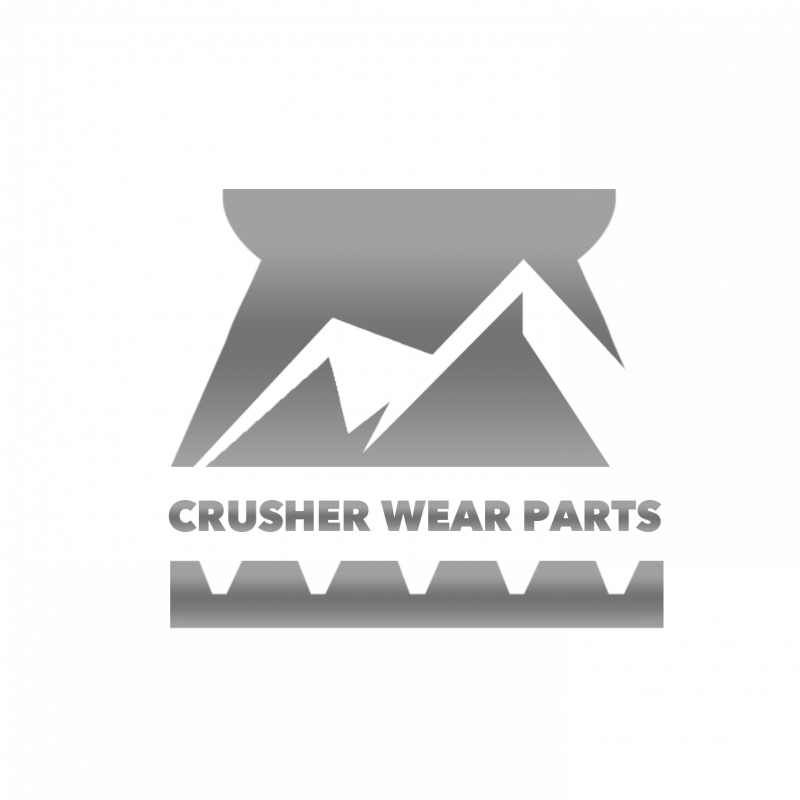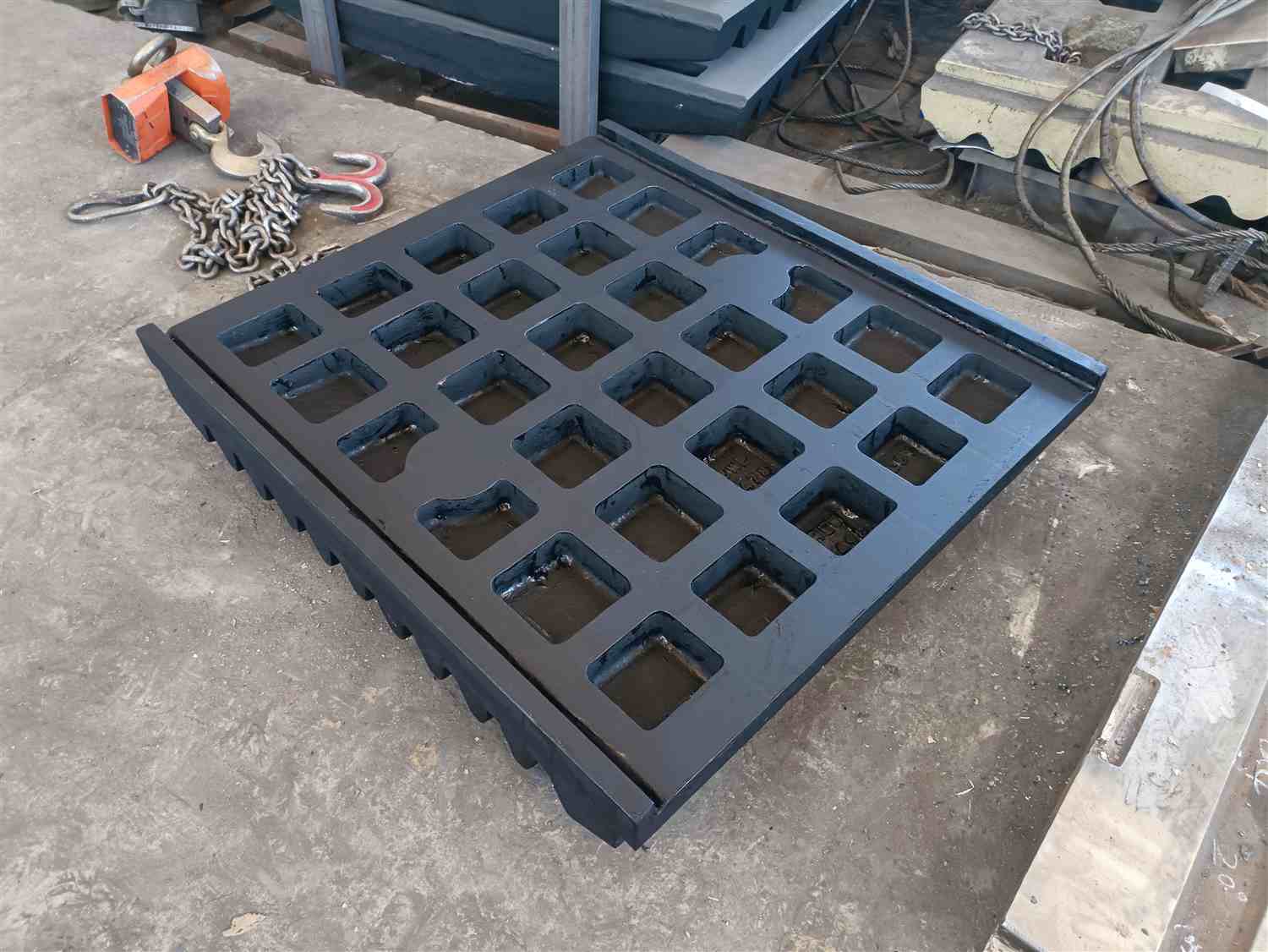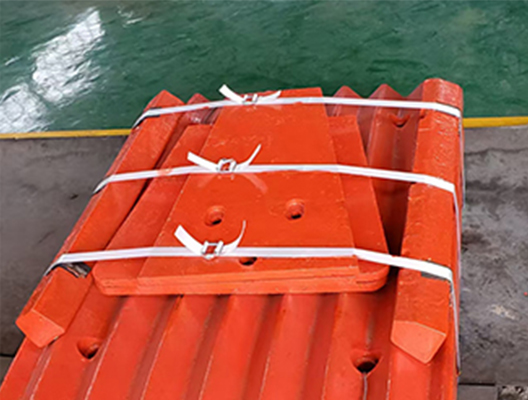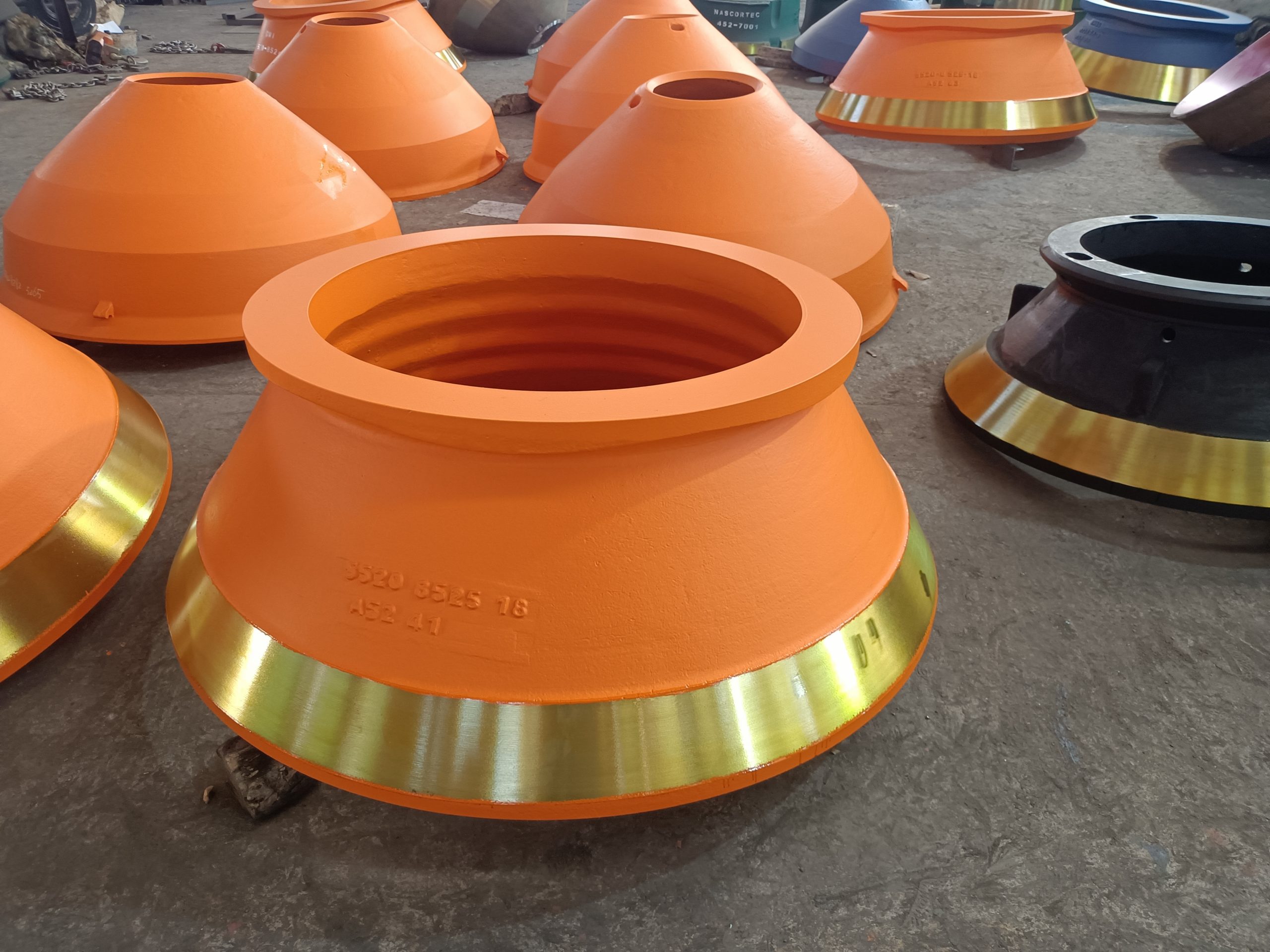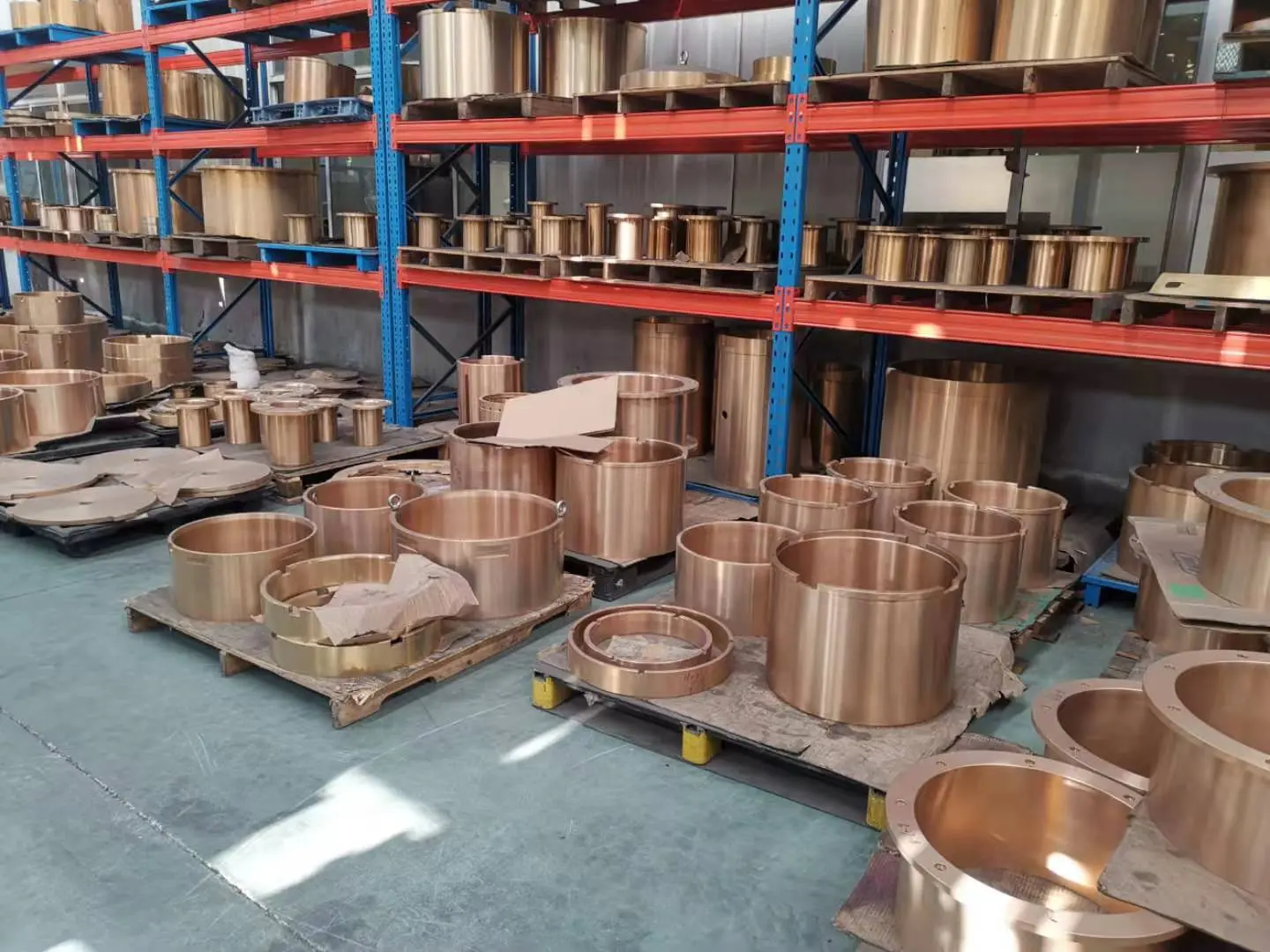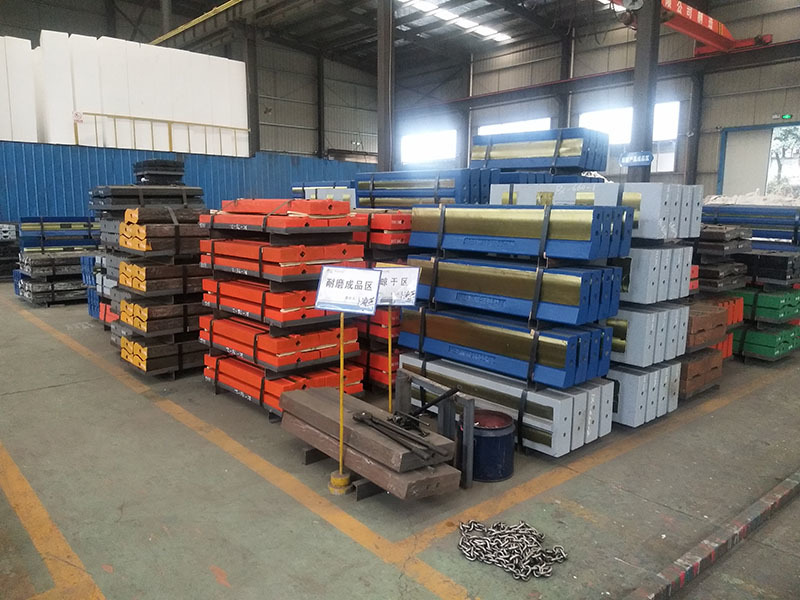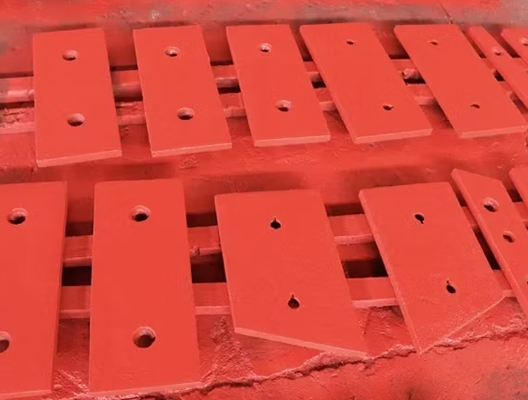Uncategorised
Jaw Plates: Ultimate Guide to Types, Materials & Applications
## Jaw Plates: Ultimate Guide to Types, Materials & Applications
Jaw plates are the workhorses of crushing machines, responsible for the primary reduction of various materials in industries ranging from mining and quarrying to construction and demolition. These replaceable components endure immense pressure and abrasive forces, necessitating careful selection based on the specific application and material being processed. This guide explores the various types, materials, and applications of jaw plates to help you choose the right one for optimal performance and longevity.
Jaw plate design significantly influences crushing efficiency and product size distribution. The primary types include:
Smooth Jaw Plates:
Ideal for fine crushing applications and producing a relatively uniform product size. They are less prone to clogging with sticky materials but can be less efficient for very hard rocks.
Corrugated Jaw Plates:
Designed for coarse crushing, these plates offer aggressive crushing action due to the prominent ribs or corrugations. They excel at gripping and breaking large, hard rocks but produce a less consistent product size.
Combination Jaw Plates:
These plates combine features of both smooth and corrugated designs, often featuring a corrugated top section for initial breakage and a smoother lower section for finer reduction. This allows for a balance between throughput and product consistency.
Super Tooth Jaw Plates:
Featuring deep, sharp teeth, these plates are designed for extremely hard and abrasive materials. They offer high crushing ratios but can lead to increased wear and tear.
Cheek Plates:
While not strictly jaw plates, cheek plates line the crushing chamber and protect the crusher body from wear. They work in conjunction with jaw plates and contribute to the overall crushing process.
Materials of Jaw Plates:
The material composition of jaw plates directly impacts their durability, performance, and lifespan. Common materials include:
Manganese Steel (Mn13, Mn18, Mn22):
Known for its exceptional impact and abrasion resistance, manganese steel is the most widely used material for jaw plates. Higher manganese content generally translates to increased toughness and wear resistance.
High Chrome Cast Iron:
Offering excellent abrasion resistance, particularly against fine, abrasive materials, high chrome cast iron is a cost-effective alternative to manganese steel in certain applications.
Alloy Steel:
Various alloy steels are utilized, offering a balance of strength, toughness, and wear resistance tailored to specific crushing needs.
Ceramic Inserts:
Jaw plates can be fitted with ceramic inserts in high-wear areas to enhance abrasion resistance and extend service life.
Applications of Jaw Plates:
Jaw plates are essential components in a wide range of industries:
Mining:
Crushing ores and minerals such as gold, copper, iron, and coal.
Quarrying:
Processing aggregates like granite, limestone, and gravel for construction materials.
Recycling:
Crushing concrete, asphalt, and other demolition debris for reuse.
Cement Production:
Reducing raw materials like limestone and clay to the required size for cement manufacturing.
Construction:
Crushing rocks and other materials on-site for road building and other construction projects.
Choosing the Right Jaw Plate:
Selecting the appropriate jaw plate involves considering several factors:
Feed Material:
Hardness, abrasiveness, and size of the material being crushed.
Desired Product Size:
The required output size and consistency.
Crusher Type and Size:
Compatibility with the specific crusher being used.
Operating Conditions:
Throughput requirements, moisture content, and ambient temperature.
Budget:
Balancing performance and longevity with cost-effectiveness.
Maintenance and Replacement:
Regular inspection and timely replacement of worn jaw plates are crucial for maintaining crusher efficiency and preventing damage to the machine. Signs of wear include excessive cracking, chipping, or thinning of the plate surface.
By carefully considering the factors outlined above and choosing the right jaw plate for the application, operators can maximize crushing efficiency, minimize downtime, and extend the lifespan of their equipment. This ultimately translates to improved productivity and profitability.
